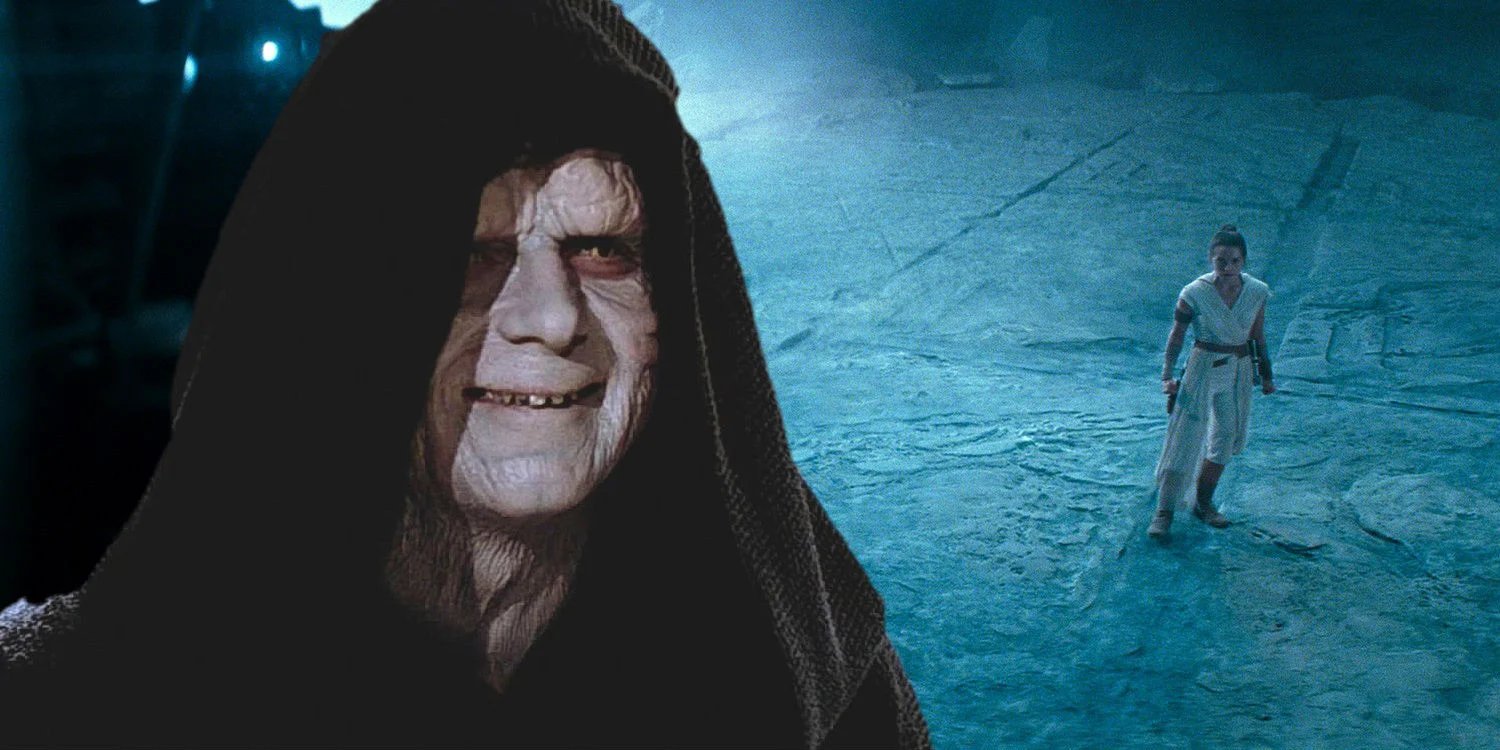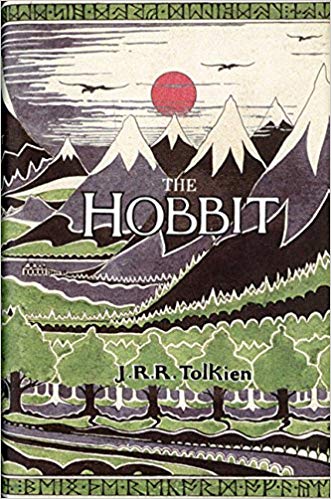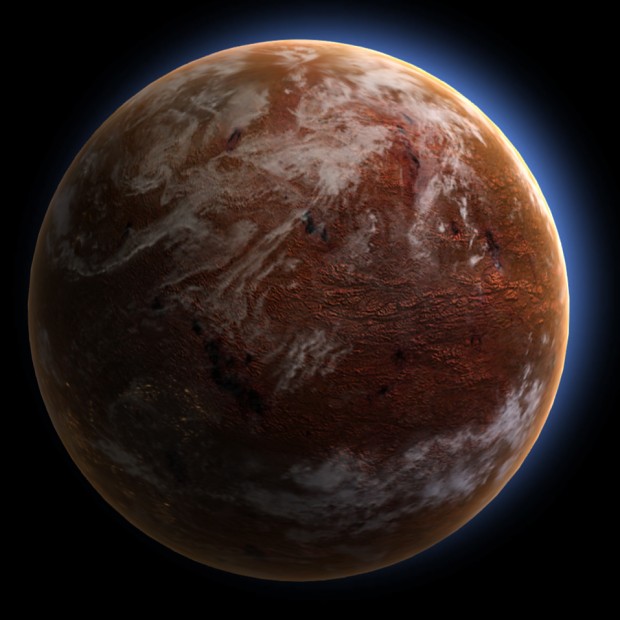Warning: Today’s post will contain several spoilers so if you haven’t seen ‘Star Wars: The Rise of Skywalker’ yet, well you’ve been warned!

Emperor Palpatine is alive. You may have thought that he was killed by Darth Vader at the end of ‘Star Wars: Return of the Jedi’ (Episode 6) but he’s alive. Whether he somehow survived the destruction of the second ‘Death Star’ or has somehow been reborn is never explained but then the Star Wars saga has never really put that much effort in filling in the holes in its plots. Certainly ‘The Rise of Skywalker’ has more than it share of “Oh, c’mon” moments.

Of course you could argue that any series of stories that were created over a period of more than 40 years by a large team of creators is going to have a few contradictions pop up in it. Look at Doctor Who! Or you could argue, as George Lukas has often done himself, that ‘Star Wars’ is a children’s story and the adults who expect all of the pieces to fit together precisely are taking it too seriously.
I don’t think that those arguments work for several reasons. First of all if you have 40 years in which to write the scripts for nine movies you certainly have the time to eliminate at least some of the plot holes. And as for ‘Star Wars’ being a children’s story, well the Hobbit was a children’s story and J. R. R. Tolkein managed to make it all fit together.

I’d like to discuss two parts of ‘The Rise of Skywalker’ in particular. The first deals with the efforts made by the new Jedi knight Rey and her companions to discover the location of Moraband, the ‘lost planet of the Sith’. The good guys spend about half of the movie in this search. Risking their lives in order to follow vague clues. In fact we learn that Luke Skywalker also spent several years looking for Moraband during the period between episodes 6 and 7. So Moraband must be a real hard place to find.

Except once they get to Moraband the good guys discover that Palpatine, or to use his Sith name Darth Sidious, has constructed a huge fleet of a thousand star destroyers, all fully manned. Now did Palpatine build those ships all by himself, using only the resources on Moraband? In any case he didn’t build the crews of those ships. For a planet that’s so hard to find there must have been a lot of traffic going back and forth between Moraband and the rest of the Galaxy. Such inconsistencies are the result of nothing but laziness and sloppiness and really detract from the movie. Also, think back for a second, wasn’t the whole plot of episode 7 the search for Luke who had exiled himself on the ‘lost planet of the Jedi’, how many times can they use the same idea?

My second example is more a criticism of Hollywood in general than just the ‘Star Wars’ saga. Often in movies you will find a character who starts the story as a bad guy but for one reason or another turns back toward the light and redeems himself in the climatic final battle. In a western for example a gunslinger might meet and fall in love with the local schoolmarm. Then in the final gunfight he betrays his bad guy boss the cattle rustler and instead protects the town Sheriff, who also loves the schoolmarm and is therefore the gunslinger’s rival. Well the good guys win of course and the gunslinger dies a noble and heroic death, but he dies, he always has to die.
Of course Darth Vader himself is one of the best-known examples of this cliché. For almost three entire movies, episodes 4, 5, and 6, he is the epitome of evil, but just as Palpatine is about to kill his son Luke he turns on Palpatine and kills him, dying himself in the process.

The same hackneyed character arc is played out in episodes 7, 8 and 9 with Ben Solo playing the bad guy as Kylo Ren. However Kylo / Ben never seems really happy as a bad guy and its obvious from the first that he loves Rey and wants her approval. Ben’s redemption is therefore actually more convincing than Vader’s was and takes place a good bit earlier in ‘The Rise of Skywalker’ allowing him and Rey to get to fight together. Then there was a moment, just a moment when I thought the scriptwriters were going to let Ben live but no, he dies. It’s a noble and heroic death but he dies. In the end I guess it wasn’t the Jedi or the Sith who won, it was Hollywood.

Right now I bet anyone who’s been reading this post thinks I must really hate ‘Star Wars’. If that were true however I simply never would have gone to see all nine movies! In fact I know very well that George Lukas tapped into a deep well in the human psyche when he envisioned ‘Star Wars’ and there are many scenes within the saga that are truly mythological in stature.
It isn’t without reason that Lukas gave a lot of credit for the inspiration of ‘Star Wars’ to the mythologist Joseph Campbell. Luke, Leia, Obi Wan and Darth Vader are all characters that have actually existed for thousands of years in hundreds of different stories. They are archetypes of human behavior which is why they can so easily become Rey as Luke, Fin as Leia, Luke as Obi Wan and Kylo Ren as Darth Vader. Just a few cosmetic changes and we’re willing to watch the same story all over again.

There are many great things about ‘Star Wars’ which only makes the laziness, the sloppiness, the heavy dependence on CGI to create visual roller coasters, and above all the commercialization that makes the faults in the movies all the more tragic.
‘Star Wars: The Rise of Skywalker’ is supposed to be the end of the Skywalker saga. If that is true it will be both sad, and something of a relief.

Excellent review! One thing- I believe Lucas’s name should have a “C” rather than a “K.” 🙂
Matt. You may be right I didn’t check!
Bob L
I truly live your website.. Excellejt colors & theme. Did you make this website
yourself? Please reply back as I’m planning to create my very own site and would like to learn where you got this frokm orr just what the theme is named.
Cheers! http://boyarka-Inform.com
Thanks for the Comment!
My blog is hosted by ipage.com. If you go to their site they will get you started. Good luck on your blog and tell your friends about mine!
Bob L